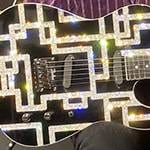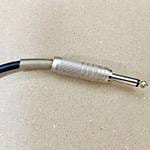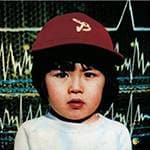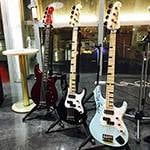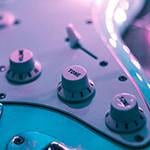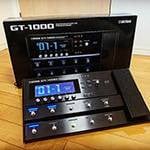A Legendary Machine that Remains in History
I was shocked to hear the news of Quincy Jones's death while writing a feature on electric pianos, so I wrote a feature on Quincy instead.
This time, I'm returning to the electric piano feature I've been working on so far. In the first part of the electric piano feature, I introduced the Fender Rhodes piano, the champion of electric pianos and the most widely used electric piano, and also looked at the circumstances surrounding the Rhodes piano and famous albums featuring the Rhodes piano in Japan.
The new theme is the Yamaha DX7, a digital synthesizer that was released in 1983 and took the world by storm. I will write about the background information on this historic masterpiece and famous albums that used the DX as an electric piano.
The Digital Synthesizer that Stunned the World
In the early 1980s, Yamaha developed an FM sound source that applied the technology for synthesizing sound through frequency modulation developed by Dr. Chowning of Stanford University. The letters F and M in FM stand for frequency and modulation, respectively. The term FM sound source is derived from the initial letters of these two words.
FM synthesis is a new concept that uses a box called an operator, which can produce sounds and modulate them, to create sounds using various combinations of algorithms.
Until now, synthesizers have used an analog method that uses a filter called a VFC to cut the waveform produced by a VCO oscillator.
There are several types of Yamaha synthesizers with FM sound sources, such as the GS1 and DX9, but in this article I will focus on the DX7.
The DX7 creates sounds by selecting combinations of 6 boxes (operators) and 32 boxes (algorithms) that form the basis of the sound. The 6 boxes (operators) can be thought of as 6 VCOs. The sounds produced by the 6 boxes lined up side by side create a thick, organ-like sound.
However, the sounds produced by the boxes are only sine waves. You can think of the single drawbar on a Hammond organ as being one box.
FM sound sources do not have the filter function of analog synthesizers. It is only possible to produce simple sounds, such as organ sounds, using sine waves, so it is not possible to produce complex sounds.
So what do we do? They stack the boxes on top of each other, and the top box modulates the bottom box. The bottom box, which has been modulated by the top box, produces a wave that is different from a sine wave. The idea behind FM synthesis is to produce sound using various boxes and different ways of stacking them (algorithms). If I go into too much detail, it will confuse you, so I won't write any more about this.
What FM synthesis made possible was to produce sounds that had never been heard before. That's why it was such a big hit. It's a simple story.
What kind of sounds did it produce? It was good at producing percussive sounds with irregular overtones, such as the sounds of a xylophone, a glockenspiel, and a kalimba. These are sounds that cannot be produced with analog synthesizers. Analog synthesizers create sounds by cutting away the original waveform, such as a sine wave or sawtooth wave, using a filter. Unless the oscillator contains a complex waveform, it is not possible to synthesize such a sound using an analog synthesizer that cuts away the sound.
The DX7 FM sound source was the first to achieve this.
The most popular and influential sound of the era was the DX electric piano sound.
It sounded like a Rhodes piano, but it wasn't a Rhodes. It was a sound that no one had ever heard before, and it was the DX electric piano sound.
The Yamaha DX7 was released in 1983. It was in sync with the AOR boom that was popular at the time, and the DX electric piano sound spread around the world.
The DX Electric Piano Sound is Instantly Recognizable
The DX electric piano sound could not be produced on a Rhodes piano. It sounded closer to the modified Dyno-My-Rhodes than the Rhodes piano. However, it was definitely different from both Rhodes pianos, and it was a sound of an electric piano that I had never heard before - that was the DX electric piano sound.
It had a strong attack, a sparkling, clear sound... because it was a digital synthesizer, it also had a light, cold, and thin aspect. However, the new electric piano sound was supported by many musicians, and everyone started using the DX electric piano sound. It was easier to recognize than the Rhodes sound, and its presence, which you could tell was a DX electric piano just by listening to it, was overwhelming.
The Convenience of DX Electronic Piano
With the Rhodes piano, you could change the sound by adjusting the position of the tone generator with a knob, but this was a very tedious process.
However, this was not the case with the DX7.
When playing the Rhodes piano, if you press the keys harder, a subtle distortion will occur in the Rhodes sound. I think there were many players who preferred the distorted Rhodes sound, to the extent that it would not be an exaggeration to say that the quality of the Rhodes was determined by this distortion.
With the DX, it was easy to control the level of this distorted sound by increasing or decreasing the level of the modulator, making the distortion stronger or weaker.
I recognize that the Rhodes piano was a musical instrument with a lot of individual differences depending on the age, and that there were a lot of good and bad pianos. When I actually bought one, I played a few of them and the sounds were completely different.
The DX7 could store the sounds it made in memory, and it was also possible to save those sounds in a RAM (random access memory) cartridge.
Players on the West Coast of the United States would go to New York for a session, take only their own RAM cartridges with them, and put them into the cartridge slot of the DX7 at the venue, so they could play their own sounds. This kind of convenience was probably another factor in the product's global success.
The price was 248,000 yen. I think the fact that it was affordable for amateurs was also a factor in its growing popularity. It was lighter than the heavy Rhodes piano, so I could take it with me to the studio.
In that sense, it was a dream-like instrument that broke down the barriers between professionals and amateurs.
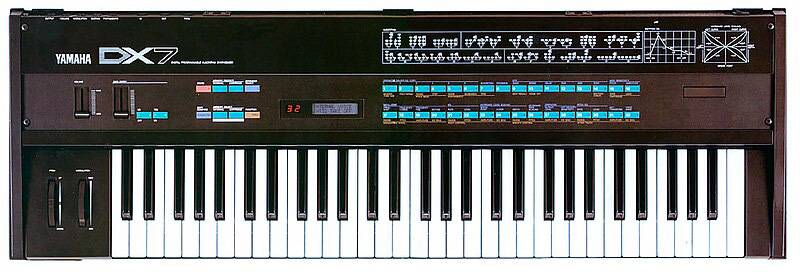
YAMAHA DX7, Public domain (quoted from Wikipedia)
■ Recommended Album : Sade “Diamond Life” (1984)
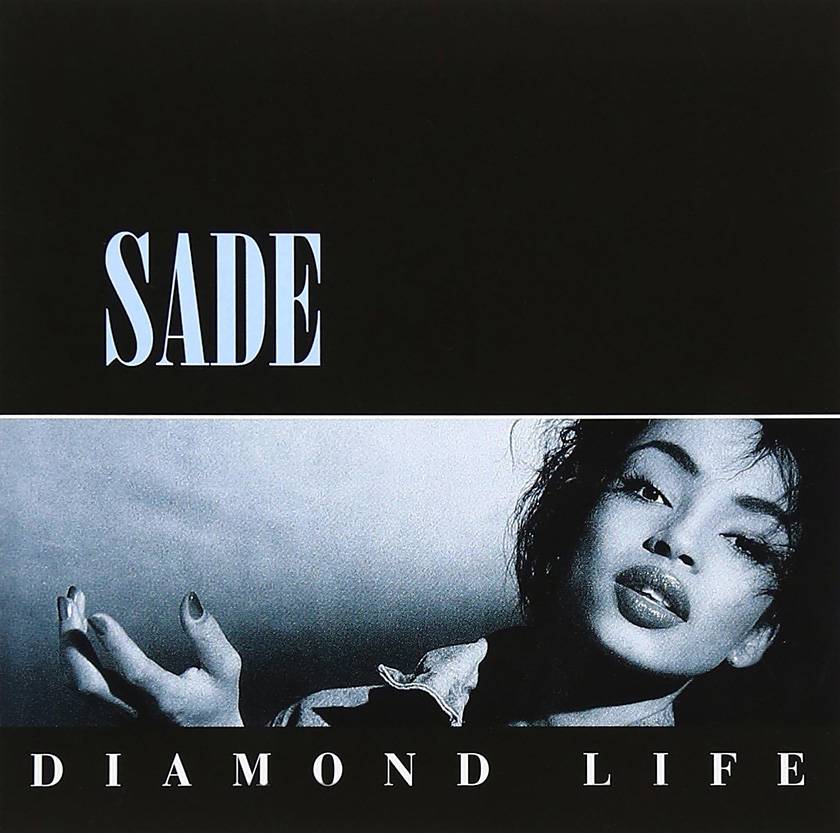
During the AOR boom, Sade's presence was a driving force behind the boom. Their sophisticated music and Sade Adu's intelligent vocals, which highlighted the music, dominated the conversation.
The background music was jazz and R&B. The pride of young musicians who had digested black music could be seen and felt.
The DX electric piano produced the jazz-like tension chords. The presence of the DX electric piano sound of the Yamaha DX7 produced the world view of the album.
The Nigerian-born vocalist Sade Adu is backed by Stewart Matthewman (sax, g), Andrew Hale (key) and Paul Spencer Denman (b), who worked on many of the album's songs.
The album, which has a unique worldview, reached No. 2 in the UK and No. 5 in the US.
Sade won the Best New Artist award at the 28th Grammy Awards in 1985.
Recommended Track: “Smooth Operator”
The most pop and stylish song on this album is "Smooth Operator". The song has a dark voice and memorable chorus. You can understand why it was so popular on the AOR charts. The DX Electric Piano is specialized for chord backing.
The sound is well organized, and the arrangement makes good use of the gaps in the ensemble. The DX electric piano is responsible for the backing. The good start and the thinness of the sound are effective.
It won first place in the Billboard Adult Contemporary category.
Featured Musicians, Albums and Recommended Tracks
- Artists: Sade Adu, Stewart Matthewman, Andrew Hale, Paul Spencer Denman, etc.
- Album: “Diamond Life”
- Recommended song: ”Smooth Operator”
The “sound & person” column is made up of contributions from you.
For details about contributing, click here.






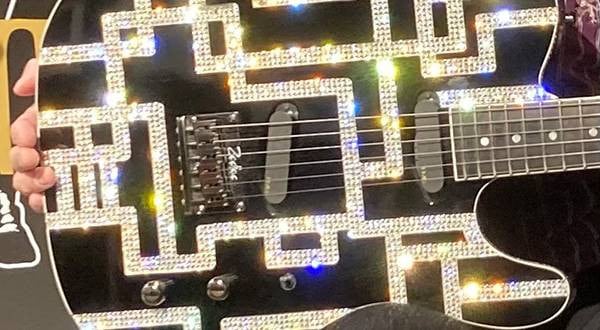
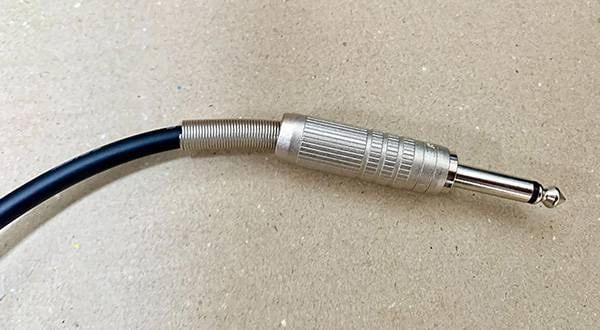
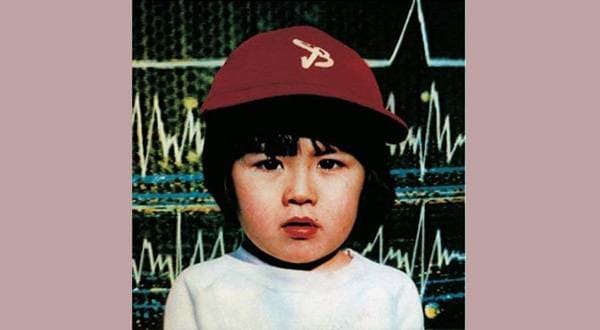
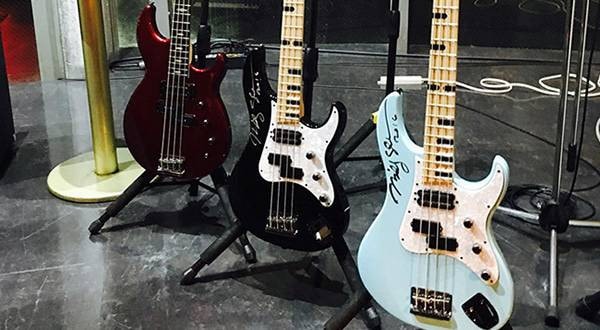
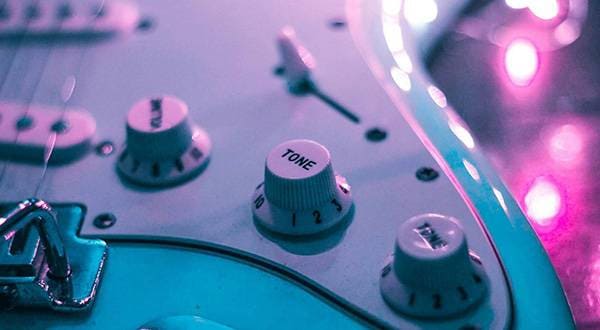
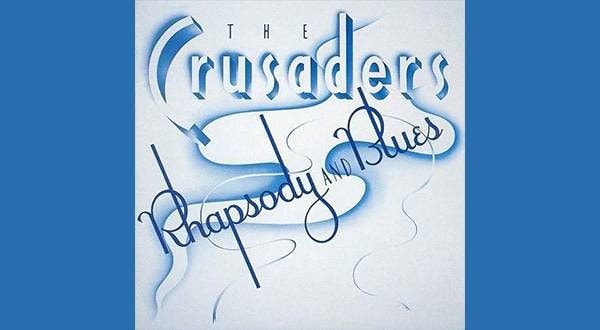
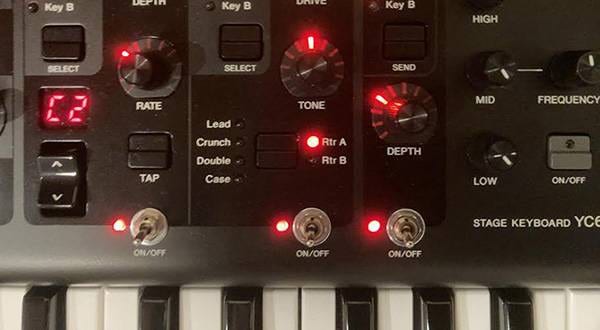

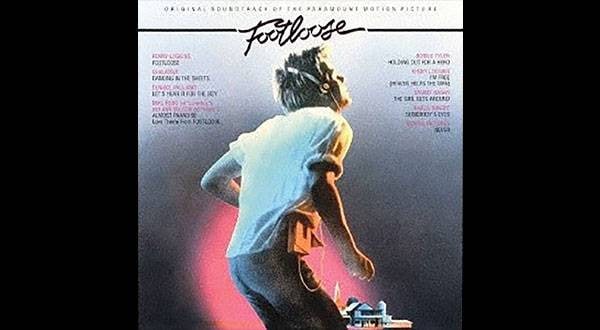
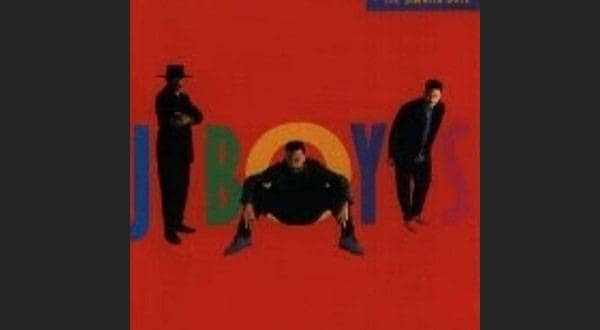
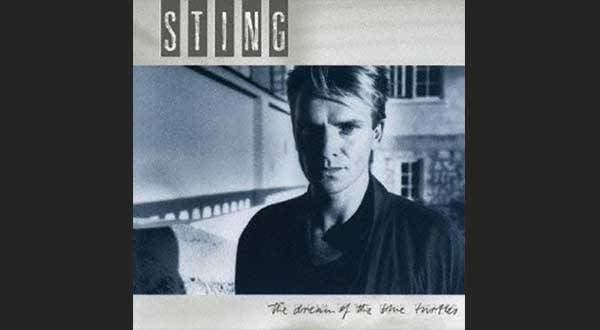
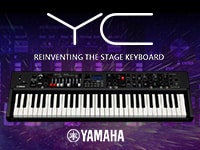 YAMAHA YC61 特集
YAMAHA YC61 特集
 シンセサイザー 入門ガイド
シンセサイザー 入門ガイド
 PLAYTECH キーボードセレクター
PLAYTECH キーボードセレクター
 PLAYTECH 鍵盤特集
PLAYTECH 鍵盤特集
 おすすめの電子ピアノ
おすすめの電子ピアノ
 キーボードスタートガイド
キーボードスタートガイド
